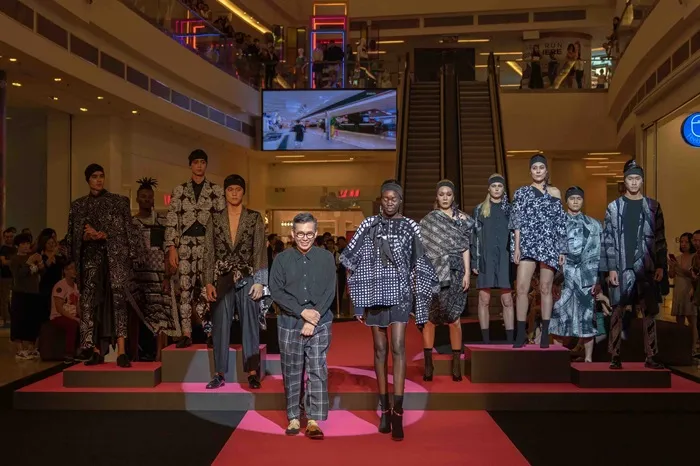Paris, the epicenter of fashion, is home to ESMOD, the world’s first fashion school, which has recently been recognized as one of the top five fashion schools globally and the best in France by CEOWORLD magazine for 2024.
Nathalie Beaumont, a seasoned expert with 35 years of experience in the luxury and fashion industry, has contributed to the success of iconic fashion houses, including Karl Lagerfeld, Paco Rabanne, Sonia Rykiel, and Christian Lacroix. Her vast experience, coupled with a strong passion for education and research on the future of fashion, positions her as a leading voice in the industry.
In a recent presentation titled “Fashion & Luxury 5.0” to TOA fashion students, Beaumont discussed the intersection of fashion with Industry 5.0—a new industrial revolution where humans collaborate with advanced technology and AI-driven robots to enhance work processes and creativity.
Beaumont provided a historical overview of ESMOD, from its founding in 1841 to its current position at the forefront of fashion education. A highlight of ESMOD’s recent innovations is its introduction of the Meta-Wear class, the first of its kind in Europe, focusing on developing skills for future digital fashion designers in the Metaverse and non-fungible tokens (NFTs).
“Our goal is to equip professionals with the tools they need to adapt to the evolving fashion industry and to create sustainable fashion,” Beaumont stated.
ESMOD is at the cutting edge of fashion design education, integrating 3D digital learning into its curriculum. This approach provides students with state-of-the-art tools to create, visualize, and present their designs in a virtual environment. The benefits are substantial, ranging from enhanced creativity and efficiency to sustainability.
Students at ESMOD can now develop digital prototypes, experimenting with fabrics, colors, and patterns without the need for physical samples. This not only accelerates the design process but also reduces material waste.
Virtual reality (VR) technology enables students to showcase their collections through virtual fashion shows, reaching audiences worldwide without the logistical complexities of traditional runway shows. Additionally, augmented reality (AR) fitting rooms allow customers to virtually try on clothes using smartphones or AR devices, transforming the retail experience.
ESMOD’s dedication to merging fashion with advanced technology is evident in its courses focused on digital garment creation, utilizing software like CLO3D. This tool allows for the creation of highly realistic virtual garments, setting a new standard for design and visualization in the industry.
While ESMOD embraces cutting-edge technology, it remains committed to preserving the artisanal craft and heritage that define Parisian fashion. The school emphasizes the importance of human-machine collaboration, ensuring that the tradition and craftsmanship remain integral to the fashion creation process.
The integration of Industry 5.0 principles, such as personalized, on-demand production, and sustainable practices, positions ESMOD as a leader in promoting a circular economy within the fashion industry. By producing garments only when there is a confirmed order, and using eco-friendly materials, ESMOD is reducing the environmental impact of fashion production.
This approach not only preserves the tradition but also opens up exciting new career opportunities in the fashion industry, ensuring that graduates are well-prepared for the future of fashion.
In conclusion, ESMOD’s innovative approach to fashion education—blending tradition with advanced technology—is setting a new standard in the industry, preparing the next generation of designers for a future where creativity and sustainability go hand in hand.
Related Topics:
Do Purse and Shoes Have to Match
Is Chi Shampoo Good For Your Hair?
Where To Buy Givenchy Perfume In Tome?

